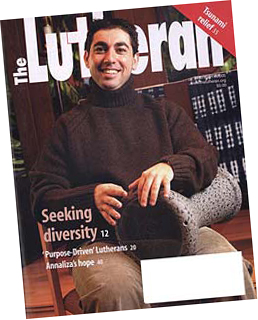What’s Keeping Us from Telling Our Story?
 I updated all the blogs I manage today. It was a simple click. Done.
I updated all the blogs I manage today. It was a simple click. Done.
When the installation was over a screen appeared detailing the benefits and features of the update.
There were three tabs at the top of the page: What’s New, Credits, and Freedoms.
I had already read What’s New. The Credits don’t interest me (although I’m grateful). I had to explore Freedoms.
The Freedoms tab explained the WordPress philosophy. The software is free. Anyone is free to modify and improve. In fact, they hope we do!
Several new business models revolve around the concept of “free.” Social Media is one of them. Facebook, Twitter, Pinterest, etc. — all free to users. In the early days of this model, business people weren’t sure what to make of it.
Then FREE started to make billions. People chose to embrace the power of FREE.
Wikipedia has become an amazingly thorough and accurate encyclopedia with almost instantaneous updating. You hear on the news that a celebrity died. Check Wikipedia—it’s likely to already reflect the news.
Wikipedia opened its pages to contributors and editors — anyone. They rely on the idea that people want to share, appreciate accuracy and detail, and will correct what they discover is wrong.
You can find information on the most obscure subjects on Wikipedia. (We may start a Wikipedia page!) The editorial barriers that existed in a world of space limitations are gone.
What can the Church learn from this?
The Church is scared silly of FREE. They are protective of what they have. They want to give nothing away.
Control of assets is more important than use of assets.
That’s what is keeping the congregations from using Social Media.
Social Media costs practically nothing monetarily. The investment in Social Media is an investment of time and talent. It involves giving your message away.
Most churches have already dedicated a healthy third of their resources to proclamation. They hire a pastor to collate, interpret, teach and preach. Unfortunately most churches are investing that money on reaching very few people.
There is another way. With Social Media you can take the same message, already paid for, and reach millions.
But congregations, accustomed to old business models, ask, “What’s in it for us?”
Someone will be quick to say, “Let’s add a Donate button.”
This approach to Social Media is backward. Social Media works on the giveaway business model.
There may be a time and place for that Donate button, but first you have to establish voice and prove your dedication to your message and your readers.
But Church leaders are not leading the way. They’ve forgotten their roots! Our message should be free!
If there is any office of the hierarchy that should be subsidized, it is the church’s “house organ”—the voice of the denomination designed to reach every member. And potentially more.
The Evangelical Lutheran Church in America (ELCA) has a magazine, The Lutheran. It is subscription-based. That barrier limits its effectiveness from the start.
The physical magazine works the old way. Readers get their magazine in the mail. They can read and participate by writing letters to the editor. Few will get printed. No room. The editors will choose who can comment.
There are no space limitations online. So why do we set up the same barriers as if there were?
The Lutheran online teases readers and expects them to pay to read and comment. They may be able to measure how that is working for them. What they can’t measure is how it might work better for them in the long run to eliminate that barrier.
Church house organs should be free. (Advertisers should be demanding this!). You want people to know your story. You want to engage the Lutheran community and build that community. There should be no fear of the dialog that results. It should be refreshing. People like to know they have a voice. They expect it today.
The same is true at the denominational and congregational levels. Their online presence should be delivering valuable information to the region and community. The news and features should be outreach-oriented—not all about how great the regional office or congregation is. The proof of the pudding is in the reading—and serving.
There is practically no effort at these levels to embrace the media tools available.
It’s all because we still focus on the offering plate and the structure that dwindling offerings must support.
The Church today exists in a world where people expect something for free. It helps differentiate those dedicated to service from those dedicated to self-interest and self-preservation. When people see you walking your talk — then they want to be part of the mission. When they are sure of their investment, they are more likely to become supporters of mission.
By the way, the giveaway model was how the Church got its start and spread all over the world within a few centuries. Imagine what we could be doing today with a simple return to our roots.

